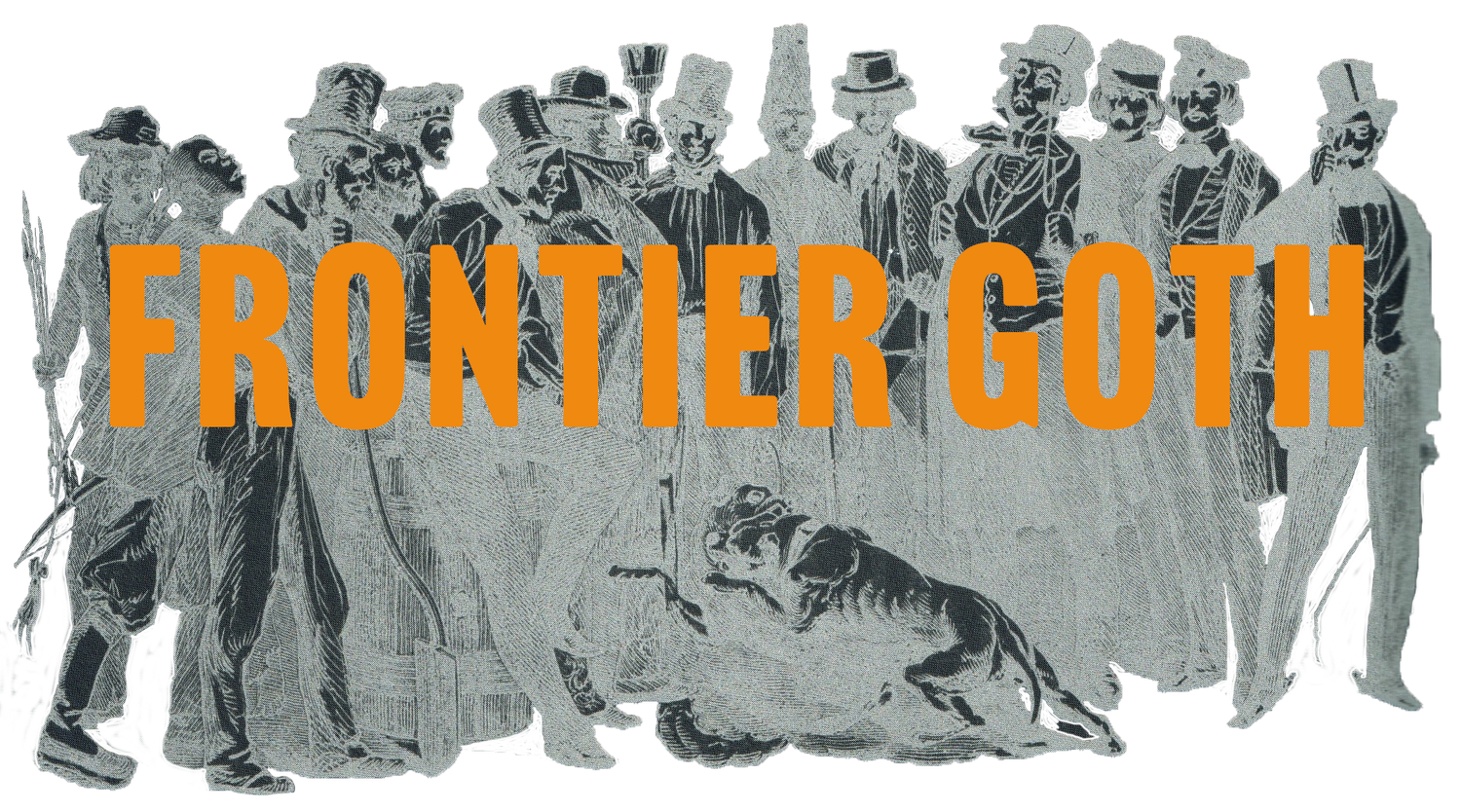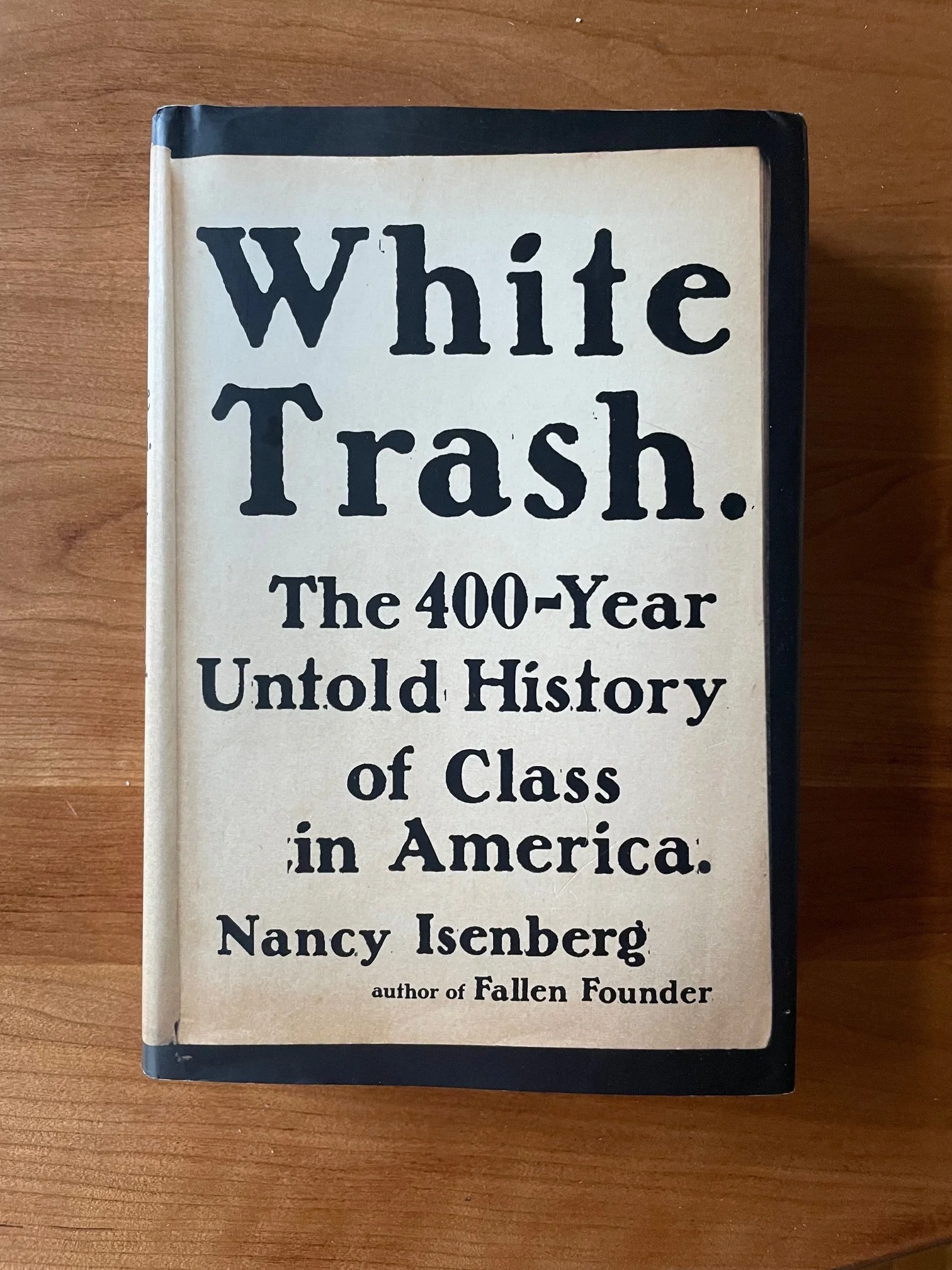White Trash by Nancy Isenberg
“In grand fashion, promoters imagined America not as an Eden of opportunity but as a giant rubbish heap that could be transformed into productive terrain. Expendable people—waste people—would be unloaded from England; their labor would germinate a distant wasteland. Harsh as it sounds, the idle poor, dregs of society, were to be sent thither simply to throw down manure and die in a vacuous muck. Before it became that fabled ‘City upon a Hill,’ America was in the eyes of sixteenth-century adventurers a foul, weedy wilderness—a ‘sinke hole’ suited to ill-bred commoners. Dark images of the New World accompanied more seductive ones. When early English promoters portrayed North America as a rich and fertile landscape, they grossly and perhaps knowingly exaggerated. Most were describing a land they never had seen, of course. Wary investors and state officials had to be convinced to take the plunge into a risky overseas venture. But most important, it was a place into which they could export their own marginalized people.”
and
”He (LBJ) had this to say about white trash on driving through Tennessee and seeing a group of ‘homely’ women holding up racist signs: ‘I’ll tell you what’s at the bottom of it. If you can convince the lowest white man he’s better than the best colored man, he won’t notice you’re picking his pocket. Hell, give him somebody to look down on, and he’ll empty his pockets for you.’ Like the Nobel Prize-winning writer William Faulkner, LBJ knew about the debilitating nature of false poor white pride. As president, he never lost sight of how central class and race were to the fractured culture of the South.”
-Nancy Isenberg, 2016


